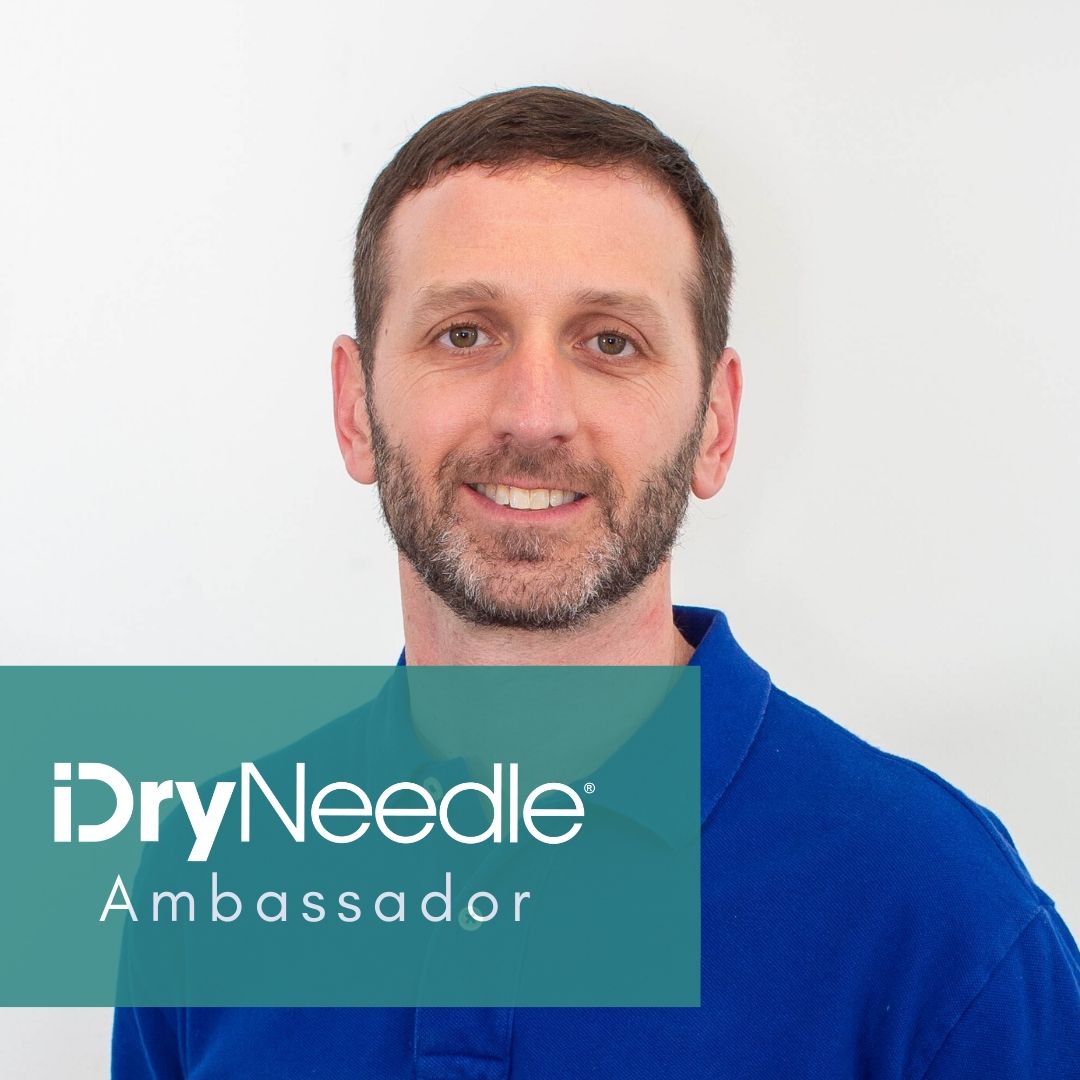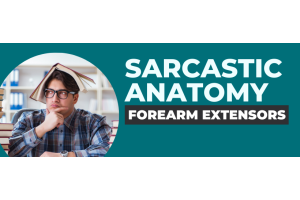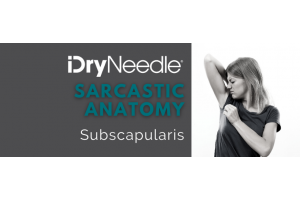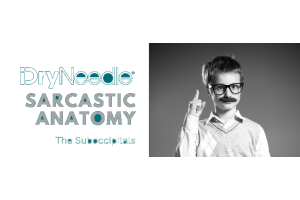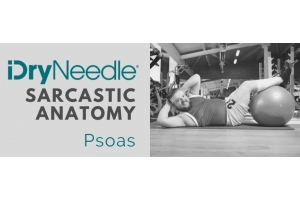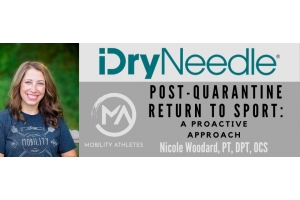
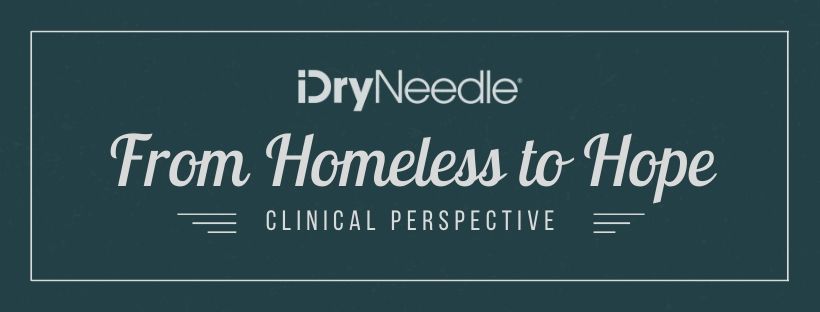
By: Kristen Zeanah PT, DPT
"Every human has a story about their pain.
This is one where the intersection of physical therapy for men in an addiction recovery program offered some hope."
As PTs, we work daily with patients experiencing chronic pain. Some of them are also, or at one time have been, dependent on opioids. Less often (unless we are given the opportunity), these patients are also homeless. Or, as in Tim’s situation, they may be living at a mission and participating in a program to regain life in all its aspects. The medical system has not been kind or generous to many like Tim, and physical therapy is usually an afterthought and almost impossible to access.
While working as a police officer (a job he loved) and a husband with a family, Tim began experiencing chronic migraines and sought help from his primary care physician. Two years of taking opioids later he still had no relief. Another practitioner diagnosed bulging discs and treated him with again, no relief. Still another performed his first cervical fusion, sent him to PT and a pain clinic and life got better…for a brief time. Less than a year later at a follow-up visit the same practitioner diagnosed a ruptured disc and fused C4-5 and a C5-6 in a second surgery, with more PT... and more drugs.
His opioid use turned to dependency. When that was no longer enough, alcohol became part of the equation. Chronic pain and severe depression were a way of life for Tim.
As is often the case with that combination, Tim lost his job, his marriage, his family, and his hope. “It wiped out everything I had.” At times he could deal with the pain, but for the past 19 years he has lived in a cycle of getting clean…pain becomes unbearable…self-medication…despair. Or as Tim would say, “You can’t take Lortabs and a fifth of bourbon and function. No one can live like this.”
Earlier this year Tim became a resident of Brother Bryan mission in Birmingham, AL (www.bbmission.com). Tim has thrived in this faith-based, gospel-centered, long-term residential program except for one thing -- coping with his physical pain. Pain was always the precipitating factor in breaking the cycle in the past and in Tim’s case, the pain also generated a fear of movement and exercise. We know as PTs if we can get someone moving, we can begin to help them return to function.
I began treating Tim once a week at the mission starting in June. We set up a table in the shelter’s clothing room which Tim manages.
My plan for Tim has been:
1. Control his pain
2. Improve mobility
3. Initiate strengthening of his neck muscles
4. Begin higher level shoulder strengthening and function
Tim has hardware in his neck and mobility will always be somewhat limited – and, at this point he may never be completely pain-free. As a result, he has muscle tightness at the base of his skull that likely contributes to his chronic headaches. My goal was focused on improving the mobility where his head and neck meet, getting his joints moving and addressing the musculature and neck pain.
Dry needling with electrical stimulation was introduced at his first visit. “I had no idea what dry needling was,” said Tim, “but after the first time, I felt amazing.” Tim experienced a decrease in pain and increase in motion on day one. I see Tim once a week and have continued dry needling in conjunction with soft tissue work on his neck. I am also using CBD cream and providing a lot of education. We have progressed to allow for strengthening activities, which are helping him see that a high level of function is still possible.
Pain relief, even if short term, afforded someone who is fighting hard against a return of opioid and alcohol addiction, some hope. That hope and drug-free pain relief led to an increase of movement and function – which then led to Tim being able to do things he never thought he could again.
At a recent visit Tim said he was really sore. Wondering if he was hurting, I asked why. But Tim was “proud” of his soreness. He had been helping a church move locations, a type of physical work he had not done in years. A decrease in his pain has given him a vision of what his future can be. Having a purpose in life is often the best medicine, especially for those in recovery – and the restoration of movement and decrease of pain through physical therapy can do just that – reclaim a purpose of mind, body and soul.

